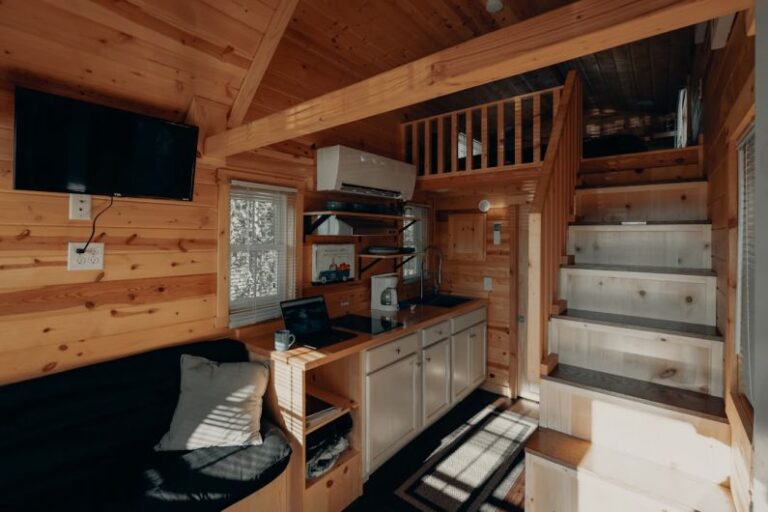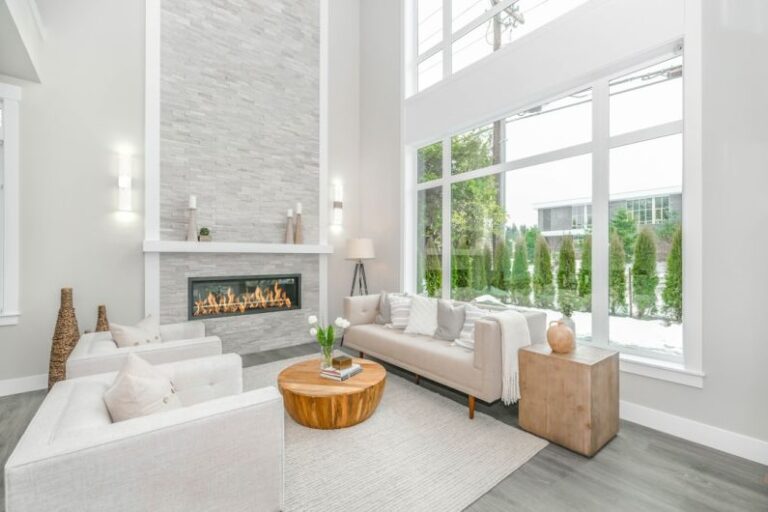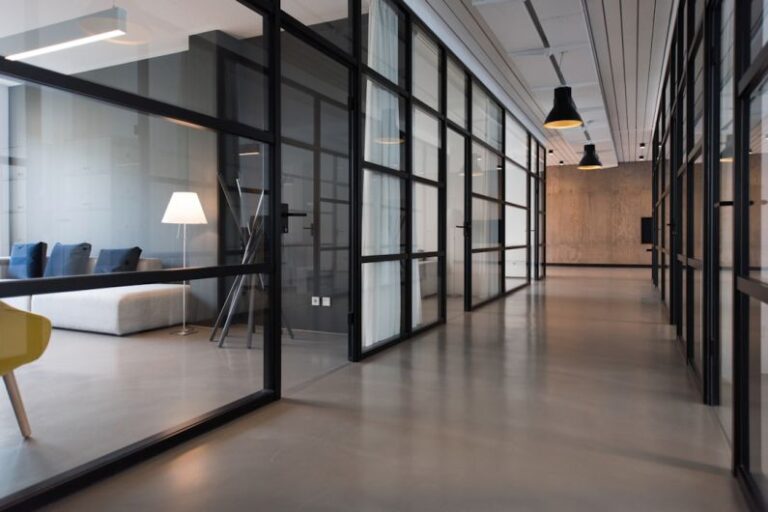
Urban real estate is a dynamic sector that constantly evolves to meet the changing needs and preferences of city dwellers. In recent years, several trends have emerged that are reshaping the urban real estate landscape. From sustainability initiatives to innovative design concepts, these trends are influencing the way developers approach urban development projects. Let’s take a closer look at some of the latest trends in urban real estate that are making waves in the industry.
Sustainable Development Practices
One of the most prominent trends in urban real estate is the emphasis on sustainable development practices. With growing concerns about climate change and environmental sustainability, developers are increasingly incorporating green building techniques and energy-efficient features into their projects. From LEED-certified buildings to eco-friendly materials, sustainability has become a key selling point for urban real estate developments. Consumers are more environmentally conscious than ever before, and they are seeking out properties that align with their values.
Mixed-Use Developments
Another trend that is gaining momentum in urban real estate is the rise of mixed-use developments. These projects combine residential, commercial, and recreational spaces in a single location, creating vibrant and interconnected communities. Mixed-use developments offer residents the convenience of having amenities such as shops, restaurants, and parks within walking distance of their homes. This trend reflects a shift towards more walkable and sustainable urban environments where people can live, work, and play in close proximity.
Smart Technology Integration
The integration of smart technology into urban real estate projects is another trend that is reshaping the industry. From smart home features to automated building systems, developers are leveraging technology to enhance the living experience for residents. Smart technology allows for greater energy efficiency, improved security, and enhanced convenience. As the Internet of Things continues to expand, we can expect to see even more innovative uses of technology in urban real estate developments.
Adaptive Reuse Projects
Adaptive reuse projects have also emerged as a popular trend in urban real estate. Developers are repurposing existing buildings such as warehouses, factories, and schools into new residential or commercial spaces. This trend not only preserves the character and history of these buildings but also contributes to the revitalization of urban neighborhoods. Adaptive reuse projects offer a unique blend of old-world charm and modern amenities, appealing to buyers who appreciate the authenticity and character of historic buildings.
Wellness-Centric Design
Wellness-centric design has become a key focus in urban real estate developments, with developers prioritizing features that promote health and well-being. From fitness centers and green spaces to biophilic design elements, wellness amenities are increasingly being integrated into urban projects. These features are designed to enhance the physical, mental, and emotional health of residents, creating a holistic living environment that supports overall well-being. As more people prioritize health and wellness in their lifestyle choices, we can expect to see a continued emphasis on wellness-centric design in urban real estate.
In conclusion, the urban real estate sector is experiencing a period of rapid evolution, driven by shifting consumer preferences and societal trends. Sustainable development practices, mixed-use developments, smart technology integration, adaptive reuse projects, and wellness-centric design are just a few of the trends that are shaping the future of urban real estate. As developers continue to innovate and adapt to meet the needs of urban dwellers, we can expect to see even more exciting developments in the years to come.





